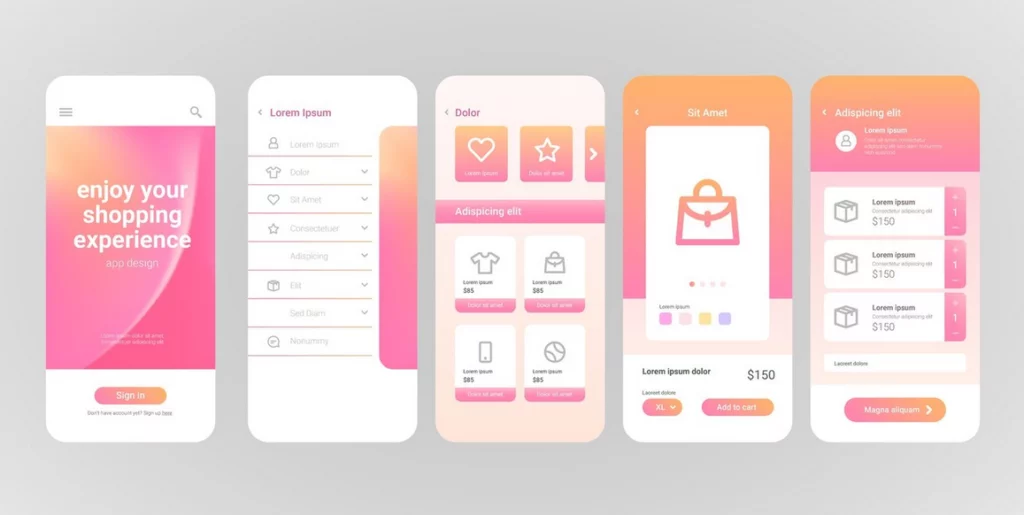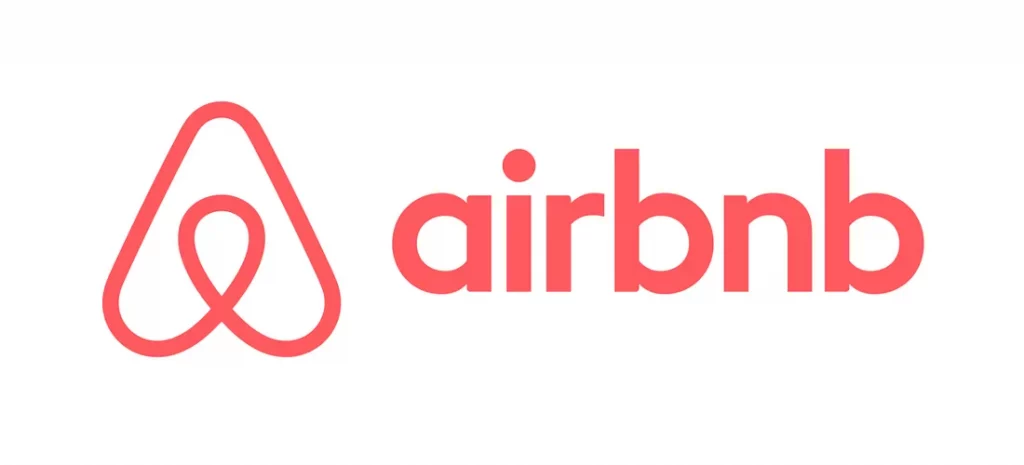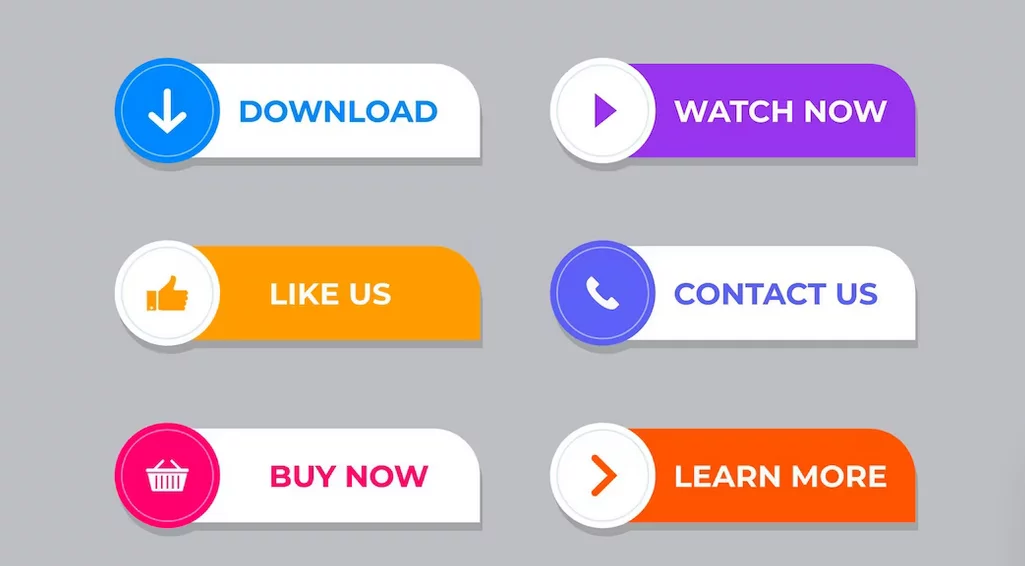In today’s rapidly evolving digital landscape, the success of eCommerce ventures pivots significantly on User Experience (UX). As customers become increasingly discerning, their expectations for seamless, intuitive, and gratifying online experiences have soared. This shift places UX practices at the forefront of not just advantageous strategies, but essential elements for sustained growth and robust customer satisfaction.
The Significance of UX in eCommerce:
- Customer-Centric Approach: UX embodies the philosophy of placing the user at the center of design and functionality decisions. It’s about understanding their behaviors, preferences, and needs to craft an online environment that caters to them seamlessly.
- Enhanced Engagement and Conversions: A well-crafted UX facilitates smoother navigation, quicker access to desired information, and intuitive interfaces. This, in turn, leads to heightened engagement and increased conversions as users find it easier to explore, select, and purchase products or services.
- Building Trust and Loyalty: A positive user experience builds trust. When users encounter a website that is easy to navigate, visually appealing, and functional, it instills confidence in the brand. This can lead to repeat visits, brand loyalty, and positive word-of-mouth referrals.
Key Elements of UX in eCommerce:

- Intuitive Navigation: A clear and logical structure allows users to effortlessly find what they’re looking for. Well-organized categories, search functionalities, and filters streamline the browsing process.
- Mobile Responsiveness: With the exponential rise in mobile users, ensuring that the website functions seamlessly across devices is crucial. A responsive design adapts to various screen sizes, offering a consistent experience.
- Page Load Speed: Fast-loading pages are imperative. Users expect quick responses, and even a slight delay can lead to abandonment. Optimizing speed enhances user satisfaction and retention.
- Personalization: Tailoring the experience based on user preferences, past behavior, and demographics adds a personal touch. This can be through recommended products, personalized content, or targeted marketing.
- Simplified Checkout Process: Reducing friction in the checkout process by minimizing steps and offering guest checkout options streamlines conversions. It’s crucial to make this stage as effortless as possible.
Strategies to Enhance UX:
Tip 1: Embrace User-Centric Design

Real-World Example:
Consider the case of Airbnb, a platform that transformed the hospitality industry. Airbnb didn’t create its platform based on the founders’ preferences; instead, they extensively researched travelers’ needs. They implemented a user-centric design approach, focusing on intuitive navigation, robust search filters, and comprehensive property listings, aligning precisely with what users expected.

Insight:
Understanding that your perspective as a designer or business owner might not match your users’ needs is crucial. Tools like UserTesting and Hotjar allow you to gather real-time feedback by observing user interactions and conducting surveys. These insights help align your design choices with user expectations.
Tip 2: Data-Driven Design Decisions

Real-World Example:
Take the case of Google, which constantly evolves its search interface based on user behavior analysis. Before implementing changes, Google extensively tests user responses, ensuring that alterations in the user interface are based on comprehensive data.

Insight:
UX research tools like Crazy Egg and Optimizely enable A/B testing and heat mapping to analyze user interactions. This data-driven approach guides design decisions, allowing you to make informed changes that directly impact user experience.
Tip 3: Implement User Feedback Loop

Real-World Example:
Amazon’s success is largely attributed to its commitment to user feedback. They actively encourage customers to leave reviews and ratings, using this data to enhance product listings, recommendations, and the overall shopping experience.

Insight:
Leverage tools like Zendesk or SurveyMonkey to collect user feedback and suggestions. By implementing a robust feedback loop, you can continuously refine your website, product offerings, and services based on direct input from your audience.
Tip 4: Prioritize Accessibility

Real-World Example:
Target, a retail giant, ensures their website caters to users with diverse needs. They’ve incorporated features like alt text for images, high contrast interfaces, and keyboard navigation to accommodate users with disabilities.

Insight:
Plugins like accessiBe and UserWay offer accessibility solutions that automatically adjust websites to comply with accessibility standards. Prioritizing accessibility not only broadens your audience but also aligns with ethical and legal obligations.
Tip 5: Streamline Checkout Process

Real-World Example:
E-commerce giant, ASOS, prioritizes a frictionless checkout process. They’ve streamlined their checkout by offering guest checkouts, saved payment options, and a minimal number of steps to complete a purchase.

Insight:
Tools like Shopify or Magento provide plugins and features to optimize the checkout experience. Simplifying the checkout process reduces cart abandonment rates, boosting conversions.
Tip 4: Optimize for Mobile

Insight:
In today’s digital age, mobile optimization is no longer an option but a necessity for eCommerce success. Ensuring a seamless browsing experience across various mobile devices is imperative due to the prevalence of mobile usage.
Real-World Examples:
- Google’s Mobile-Friendly Test: This testing tool evaluates your website’s mobile responsiveness, analyzing factors like viewport settings and text readability on mobile screens. It provides detailed feedback and improvement suggestions.
- WPtouch for WordPress: WPtouch is a WordPress plugin that automatically optimizes your website for mobile devices. It creates a mobile-friendly version of your site without altering the desktop version.
Tip 5: Streamline Checkout Process

Insight:
A simplified and user-friendly checkout process is critical for reducing cart abandonment rates and enhancing conversions. Minimizing steps and friction during checkout improves the overall user experience.
Real-World Examples:

- Shopify’s Checkout Features: Shopify offers various features such as one-click purchasing and guest checkout to streamline the checkout process for customers, making it quick and hassle-free.
Learn about chekout process optimization here.
Tip 6: Personalize User Experience

Insight:
Personalization based on user behavior and preferences creates a deeper connection with customers, driving engagement and increasing conversions. Tailoring experiences to individual users fosters a sense of relevance and resonance.
Real-World Examples:
- Dynamic Yield: Dynamic Yield allows for the creation of personalized product recommendations and tailored content based on user data, ensuring a more personalized shopping experience.
- Evergage: Evergage offers real-time personalization tools, enabling dynamic content delivery and personalized interactions across various touchpoints.
Tip 7: Prioritize Page Loading Speed

Insight:
Optimizing page loading speed significantly impacts user satisfaction and influences user behavior. Faster loading times contribute to a more positive user experience and reduce bounce rates.
Real-World Examples:
- GTmetrix: GTmetrix is a performance analysis tool that assesses website speed, providing insights into areas for improvement and actionable recommendations to optimize performance.
- Pingdom: Pingdom offers tools to test website speed and performance, identifying bottlenecks and enabling optimizations for quicker page loads.
Tip 8: Implement Clear Call-to-Actions (CTAs)

Insight:
Clear and compelling CTAs guide users through the conversion funnel, prompting specific actions and enhancing user engagement. Well-designed CTAs significantly impact user interaction and conversion rates.
Real-World Examples:
- OptinMonster: OptinMonster specializes in creating visually appealing and conversion-focused CTAs that are customized for specific user interactions and behaviors, driving higher engagement.
- Hello Bar: Hello Bar offers tools to design eye-catching and effective CTAs that capture user attention and prompt desired actions on websites.
Tip 9: Enhance Product Visuals and Descriptions

Insight:
High-quality images and comprehensive product descriptions play a pivotal role in influencing purchasing decisions. Detailed visuals and informative descriptions provide users with a better understanding of products, leading to informed buying choices.
Real-World Examples:
- WooCommerce 360 Image: This tool enhances product displays with interactive 360-degree images, allowing users to explore products from all angles, providing a richer shopping experience.
- Yotpo: Yotpo enables the collection of user-generated reviews accompanied by images, allowing potential customers to view authentic product experiences shared by other users.
Tip 10: Provide Excellent Customer Support

Insight:
Efficient and accessible customer support is fundamental in building trust and fostering long-term relationships with customers. Prompt resolution of queries and issues contributes to overall customer satisfaction.
Real-World Examples:
- Zendesk: Zendesk offers a comprehensive platform for managing customer interactions, providing timely and effective support across various channels, ensuring a positive customer service experience.
- Freshdesk: Freshdesk provides tools and features for streamlining customer support operations, enabling seamless communication and issue resolution.
Platforms for Product Enhancement and Engagement
1. WooCommerce:
WooCommerce is a robust and customizable eCommerce platform built specifically for WordPress websites. It offers a range of features and extensions to enhance product display and optimize the overall shopping experience. Some key features include:
- Product Management: Easily add, edit, and manage products with customizable attributes, variations, and pricing options.
- Extensions and Plugins: Access a vast library of plugins for additional functionalities such as 360-degree product images, advanced product galleries, and personalized product recommendations.
- User Reviews and Ratings: Enable user-generated reviews and ratings to enhance credibility and trust, fostering a vibrant community around your products.
2. Yotpo:
Yotpo specializes in user-generated content and marketing solutions. It focuses on leveraging customer reviews, visual marketing, and loyalty programs to drive customer engagement and boost sales. Key offerings include:
- Reviews and Ratings: Collect and display authentic user reviews with images to influence purchasing decisions and build trust.
- Visual Marketing: Utilize user-generated photos and videos to create visually appealing content that showcases products in real-life settings, enhancing the shopping experience.
- Loyalty Programs: Engage and retain customers through loyalty programs, encouraging repeat purchases and fostering brand loyalty.
3. Evergage:
Evergage provides real-time personalization and customer engagement solutions. It empowers businesses to deliver individualized experiences across various channels. Some key features include:
- Real-time Personalization: Customize website content, product recommendations, and messaging in real-time based on user behavior and preferences.
- Behavioral Analytics: Gain insights into user behavior and preferences, allowing for data-driven decisions and targeted engagement strategies.
- Multichannel Engagement: Deliver consistent and personalized experiences across web, mobile, email, and other channels, ensuring a cohesive user journey.
Industry Blogs for Cutting-Edge UX Design Strategies
1. UX Collective:
UX Collective is a platform that curates articles, insights, and case studies related to user experience design. It covers a wide range of topics, including eCommerce UX, user research, design principles, and industry trends. Subscribing to UX Collective provides access to:
- Thoughtful Articles: Stay updated with insightful articles authored by industry experts, offering practical advice, case studies, and best practices.
- Diverse Perspectives: Explore a variety of perspectives on UX design, user research methodologies, and emerging trends in eCommerce.
- Community Engagement: Engage with a community of designers, researchers, and practitioners, fostering discussions and knowledge-sharing.
2. Econsultancy:
Econsultancy is a comprehensive source for digital marketing and eCommerce insights, offering research reports, guides, and articles on various aspects of online business. Subscribing to Econsultancy provides access to:
- Research Reports: Access in-depth reports on eCommerce trends, customer experience, and user behavior, providing actionable insights for business strategies.
- Expert Opinions: Gain perspectives from industry leaders and experts through articles, interviews, and analyses, helping you stay ahead in the rapidly evolving eCommerce landscape.
- Practical Guides: Explore practical guides and resources covering UX design strategies, customer engagement tactics, and optimization techniques for eCommerce.
Conclusion:
UX isn’t solely about visual appeal; it encompasses the entire user journey and interaction with the website. It’s about empathy, understanding user needs, and designing functionalities that anticipate and fulfill those needs. Every aspect, from layout and color schemes to functionality and responsiveness, contributes to the overall UX.
FAQs on UX Design Tips:
Why should I prioritize page loading speed for my eCommerce site?
Faster loading times significantly impact user satisfaction and reduce bounce rates. Optimizing page speed ensures a smoother and more enjoyable browsing experience for users.
How do clear CTAs contribute to better user experiences?
Clear and compelling CTAs guide users through the shopping journey, prompting specific actions and enhancing engagement. Well-designed CTAs improve user interaction and boost conversion rates.
What are some effective ways to personalize user experiences on an eCommerce platform?
Utilize tools like Dynamic Yield or Evergage to create personalized product recommendations, messaging, or promotions based on user data. Personalized content can significantly enhance user engagement and conversion rates.



